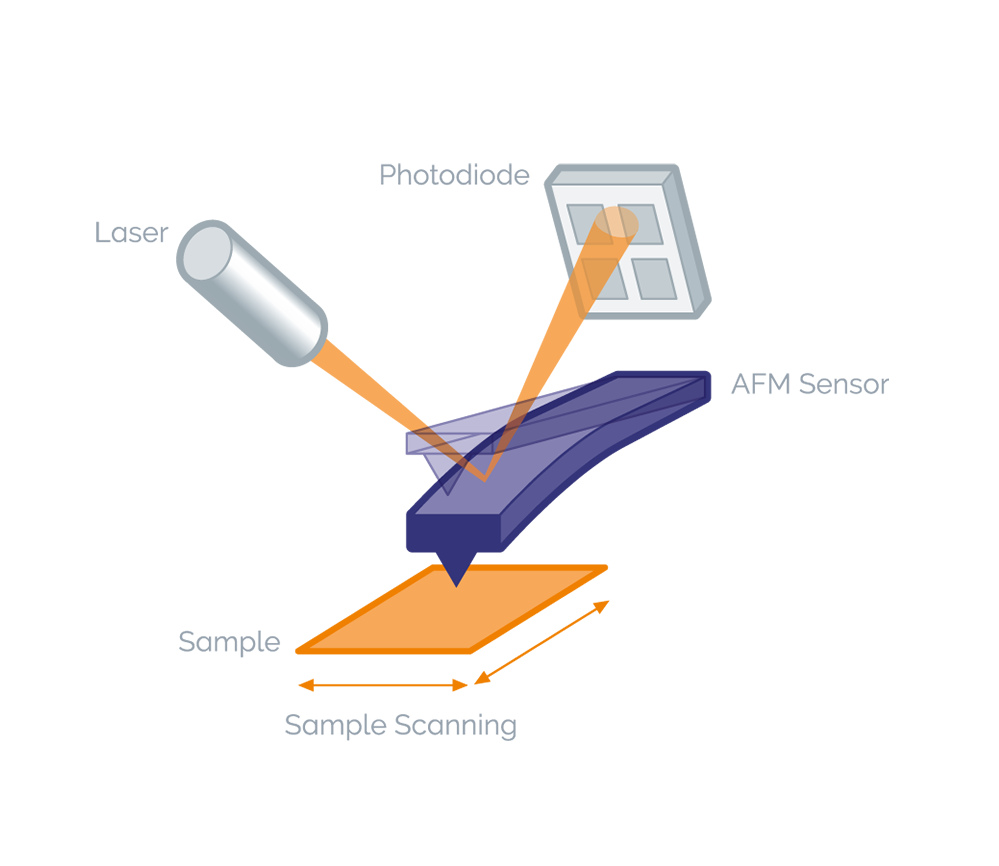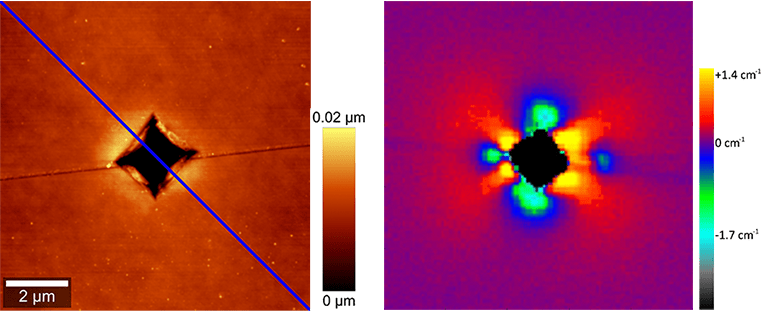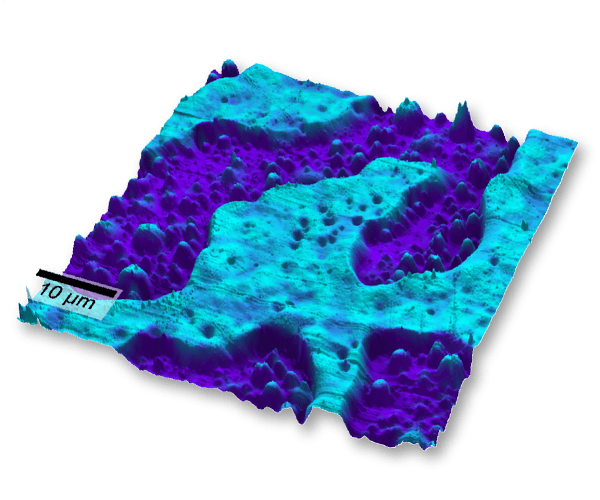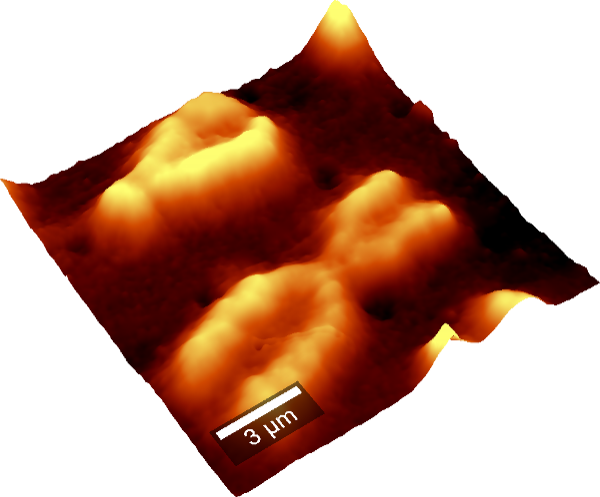 Part of the Oxford Instruments Group
Part of the Oxford Instruments Group
Expand
Collapse
The AFM extension for witec360 Raman microscopes facilitates analysis of material surfaces at the nanometer scale. The integrated design allows for fast, seamless switching between AFM and other measurement modes, while also supporting simultaneous Raman-AFM measurements. With its combined approach, witec360 ensures precise optical alignment and enables convenient correlative imaging of the same sample area for comprehensive analyses in materials science, polymer research, nanotechnology, and life sciences.
You are interested in a stand-alone AFM?
Discover the Oxford Instruments Asylum AFM systems.


AFM measures surface topography and local material properties such as adhesion and stiffness by recording interaction forces between a sharp tip on a cantilever and the sample surface. The deflection of the cantilever is monitored as the sample is scanned with nanometer precision using a piezo-driven stage, enabling the generation of high-resolution images.




Please fill in all data fields to ensure we can process your inquiry as quickly as possible.